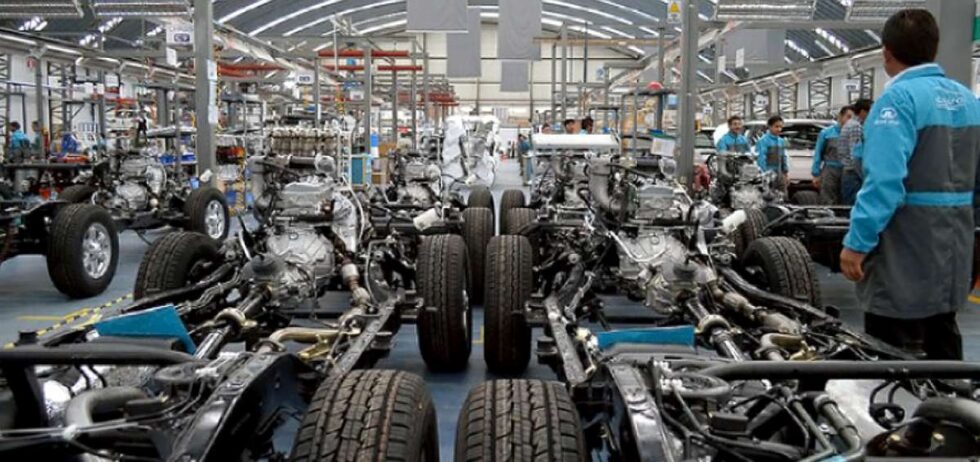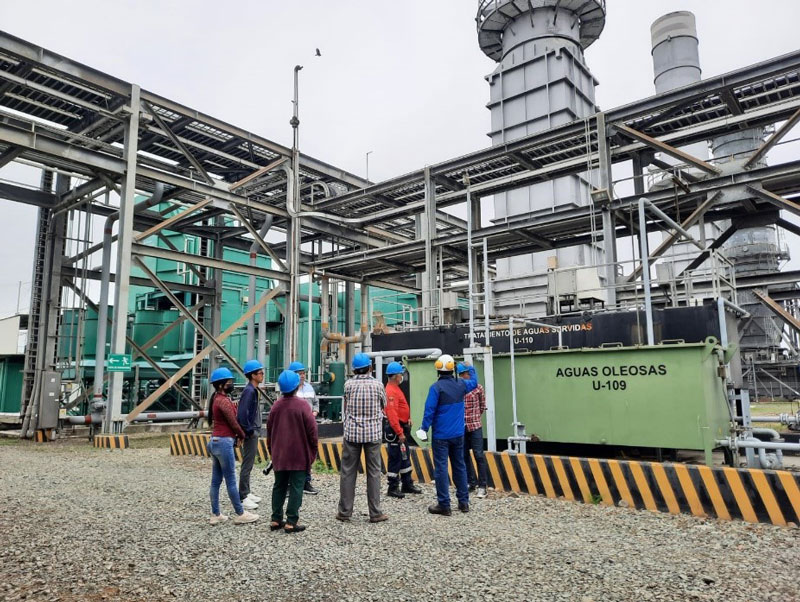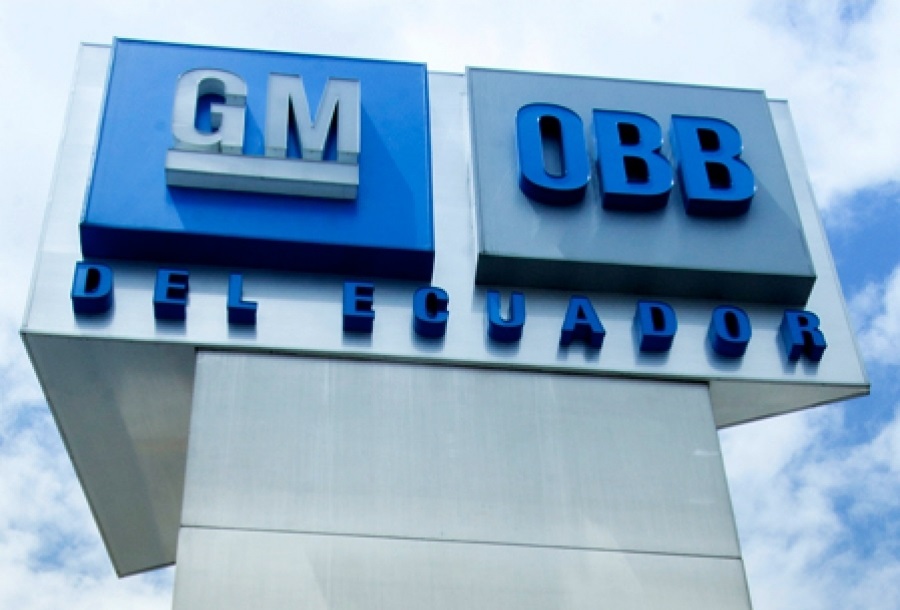Colombia plans to resume aerial spraying of coca crops near the Ecuadorian border

A Colombian aircraft sprays suspected coca plants in 2014.
Colombia’s government said on Monday it will resume the controversial practice of aerial spraying of coca plantations following a spike in gang-related violence. Colombia’s is the world’s biggest producer of cocaine, the raw material of which is coca leaves.
It stopped aerial spraying in 2015 over health concerns and pressure from Ecuador but has long been under pressure from the United States — the largest importer of Colombian cocaine — to take measures to curb coca production.
“Restarting aerial spraying is absolutely indispensable,” Defense Minister Carlos Holmes Trujillo said at a press conference alongside the armed forces high command. Former president Juan Manuel Santos ended the practice of aerial spraying using the herbicide glyphosate in 2015 after the World Health Organization said it was “probably carcinogenic.” Santos sought to disfuse tensions with Ecuador which claimed spray was drifting across the border killing crops of indigenous farmers.
But two years ago, at the end of his term in office, Santos announced Colombia would resume the practice after three years of manual destruction of illegal coca plantations. Authorities, though, have set a condition that the spraying can only recommence once an official plan has been designed to minimize the adverse effects of the chemical substances.
Local people oppose aerial spraying as it affects their ability to legally grow coca leaf, which is used throughout the Andes as an infusion or to chew.
Environmentalists and farmers also oppose the practice due to its impact on traditional crops and water sources. Farmers also claim the spraying has killed their livestock and made them ill. The government claims its the only effective method against illegal drug plantations.
Holmes Trujillo said authorities expect to meet the requirements within a few weeks, adding that there will be a “non-spray buffer” to protect Ecuadorian crops.
The government of President Ivan Duque — who was elected in 2018 on a promise to be tough on crime — has been under pressure following a surge in violence around the country, which it blames on drug-traffickers.
On Friday and Saturday alone, 17 people were killed in three massacres. Authorities say 36 people have been killed in related gang violence since August 11.
As well as drug-traffickers, various armed groups competing for power, territory and influence are financed by illegal mining.
Colombia has 154,000 hectares of crop plantations used to produce cocaine, the United Nations said in 2019.
Illegal coca plantations have been reduced since Duque came to power from a high of 171,000 hectares in 2017, but cocaine production has remained stable.


















